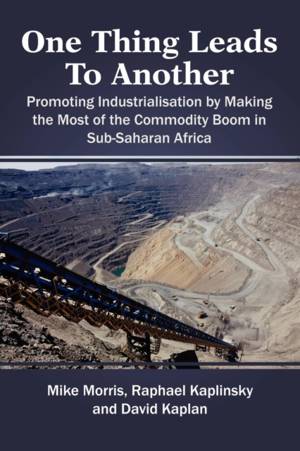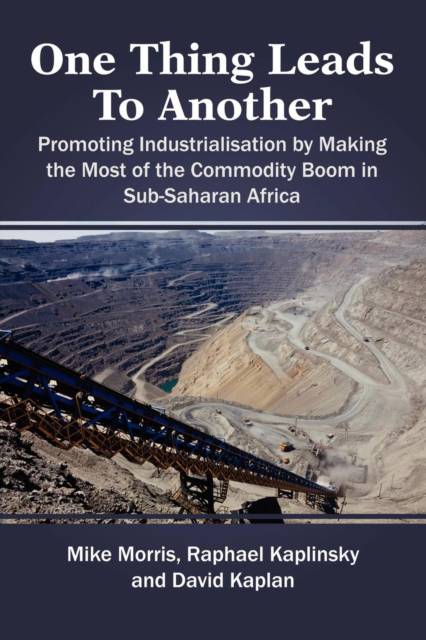
- Afhalen na 1 uur in een winkel met voorraad
- Gratis thuislevering in België vanaf € 30
- Ruim aanbod met 7 miljoen producten
- Afhalen na 1 uur in een winkel met voorraad
- Gratis thuislevering in België vanaf € 30
- Ruim aanbod met 7 miljoen producten
Zoeken
One Thing Leads to Another
Promoting Industrialisation by Making the Most of the Commodity Boom in Sub-Saharan Africa
Mike Morris, Rapheal Kaplinsky, David Kaplan
Paperback | Engels
€ 12,45
+ 24 punten
Omschrijving
Over the past four decades, policy makers and stakeholders have struggled with the challenge of promoting industrial development in low and middle-income economies in general, and in sub-Saharan African (SSA) in particular. With the rise of the Asian Drivers (China and India) and their increase in demand for raw materials to fuel growth, the turn of the millennium saw a commodity price super-cycle emerge, benefiting a number of resource rich countries in SSA. Faced with the specter of the Resource Curse, this book examines an industrial pathway where countries can "Make the Most of Commodities." Bringing together ground-breaking research in the commodity sectors, this book uses case-studies to explore conduits for industrial development, focusing on backward and forward linkages, with policy advice for both governments and corporate sectors.
Specificaties
Betrokkenen
- Auteur(s):
- Uitgeverij:
Inhoud
- Aantal bladzijden:
- 252
- Taal:
- Engels
Eigenschappen
- Productcode (EAN):
- 9781471781889
- Verschijningsdatum:
- 30/05/2012
- Uitvoering:
- Paperback
- Formaat:
- Trade paperback (VS)
- Afmetingen:
- 152 mm x 229 mm
- Gewicht:
- 371 g

Alleen bij Standaard Boekhandel
+ 24 punten op je klantenkaart van Standaard Boekhandel
Beoordelingen
We publiceren alleen reviews die voldoen aan de voorwaarden voor reviews. Bekijk onze voorwaarden voor reviews.











